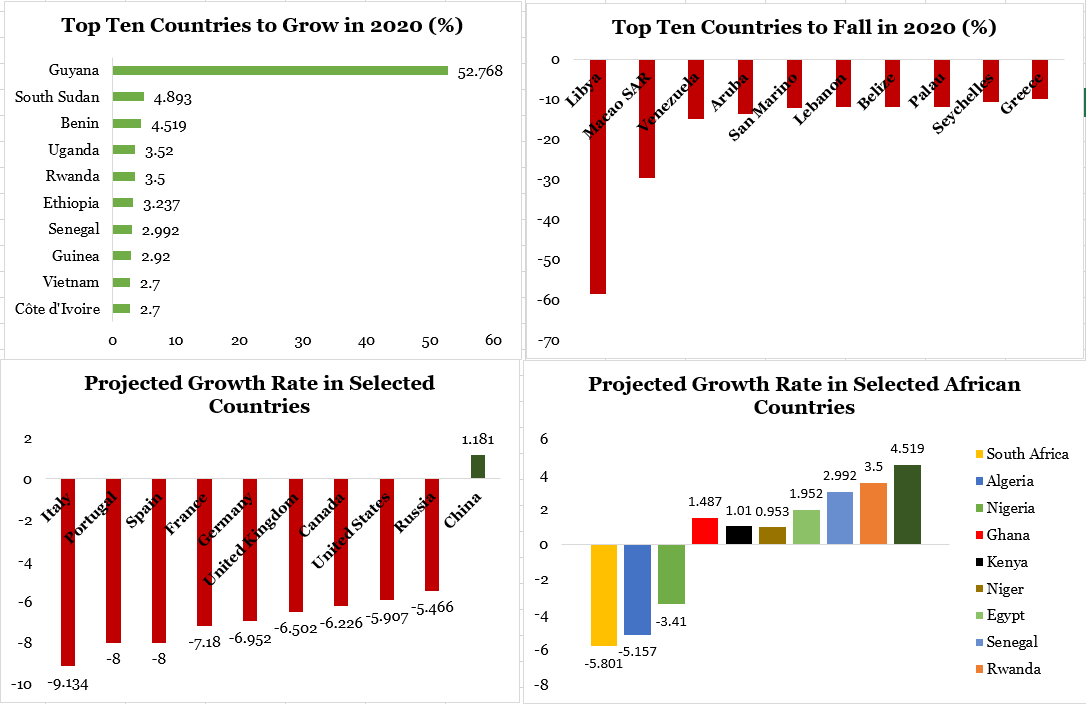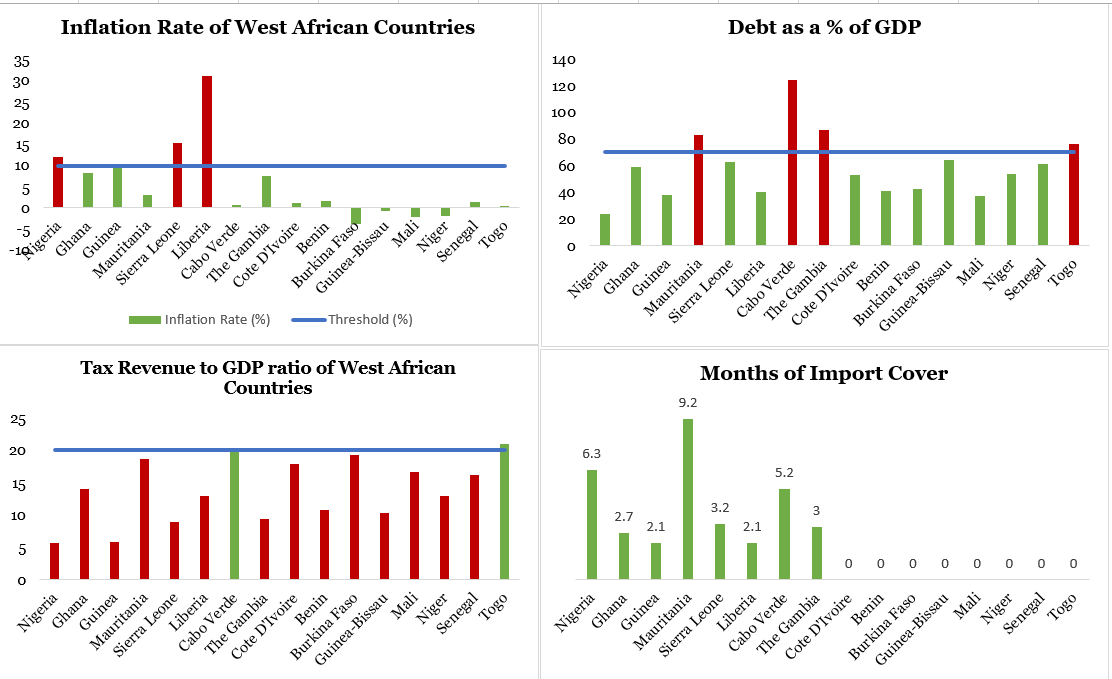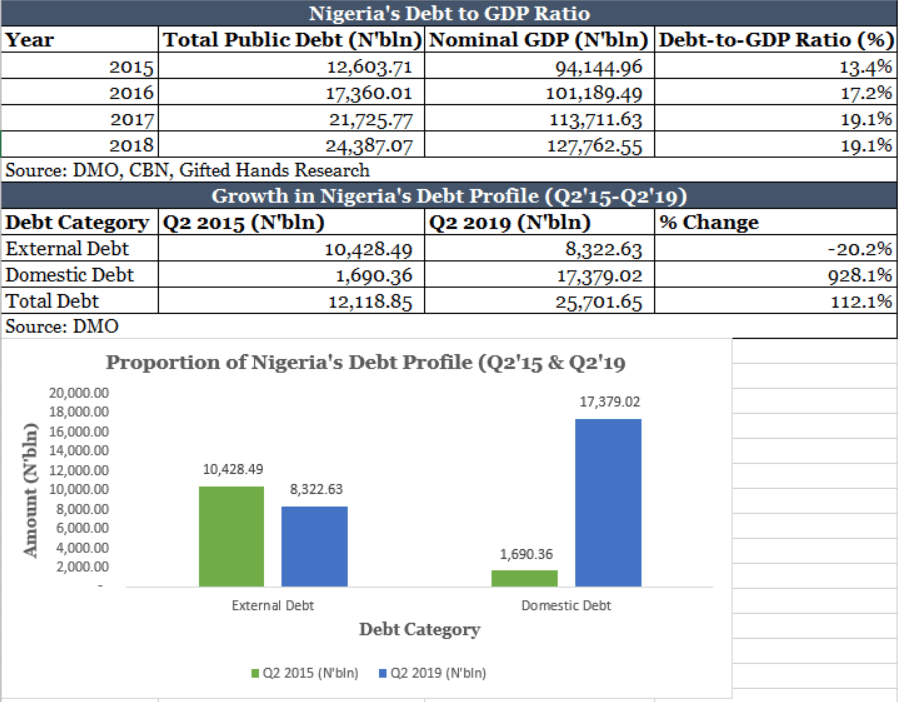Tracking Trade During the COVID-19 Pandemic
Most trade takes place by sea, and—for navigational safety purposes—virtually all cargo ships report their position, speed, and other information many times a day. A new IMF methodology using these data can help better inform us how international trade is affected by the COVID-19 pandemic.







